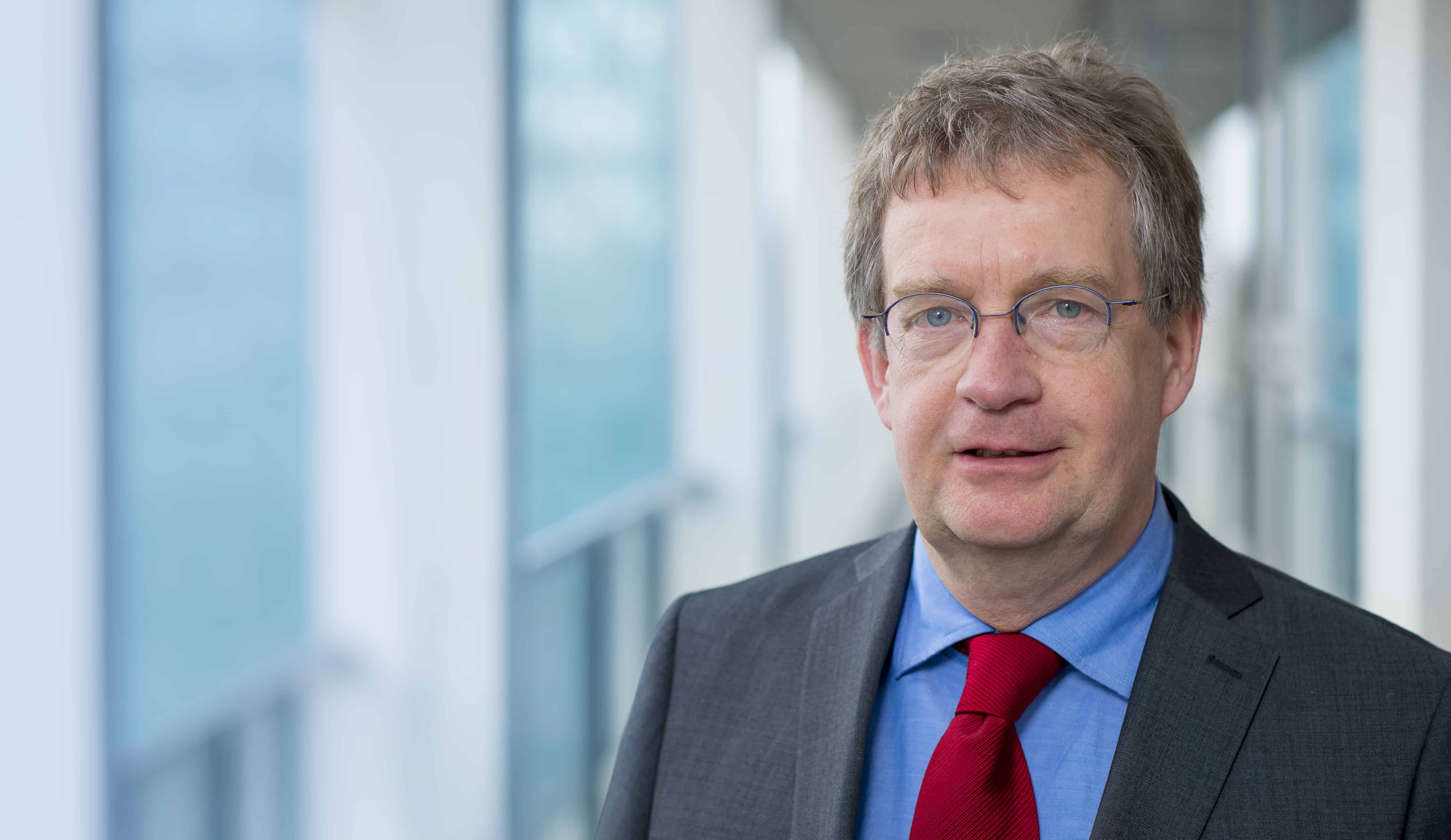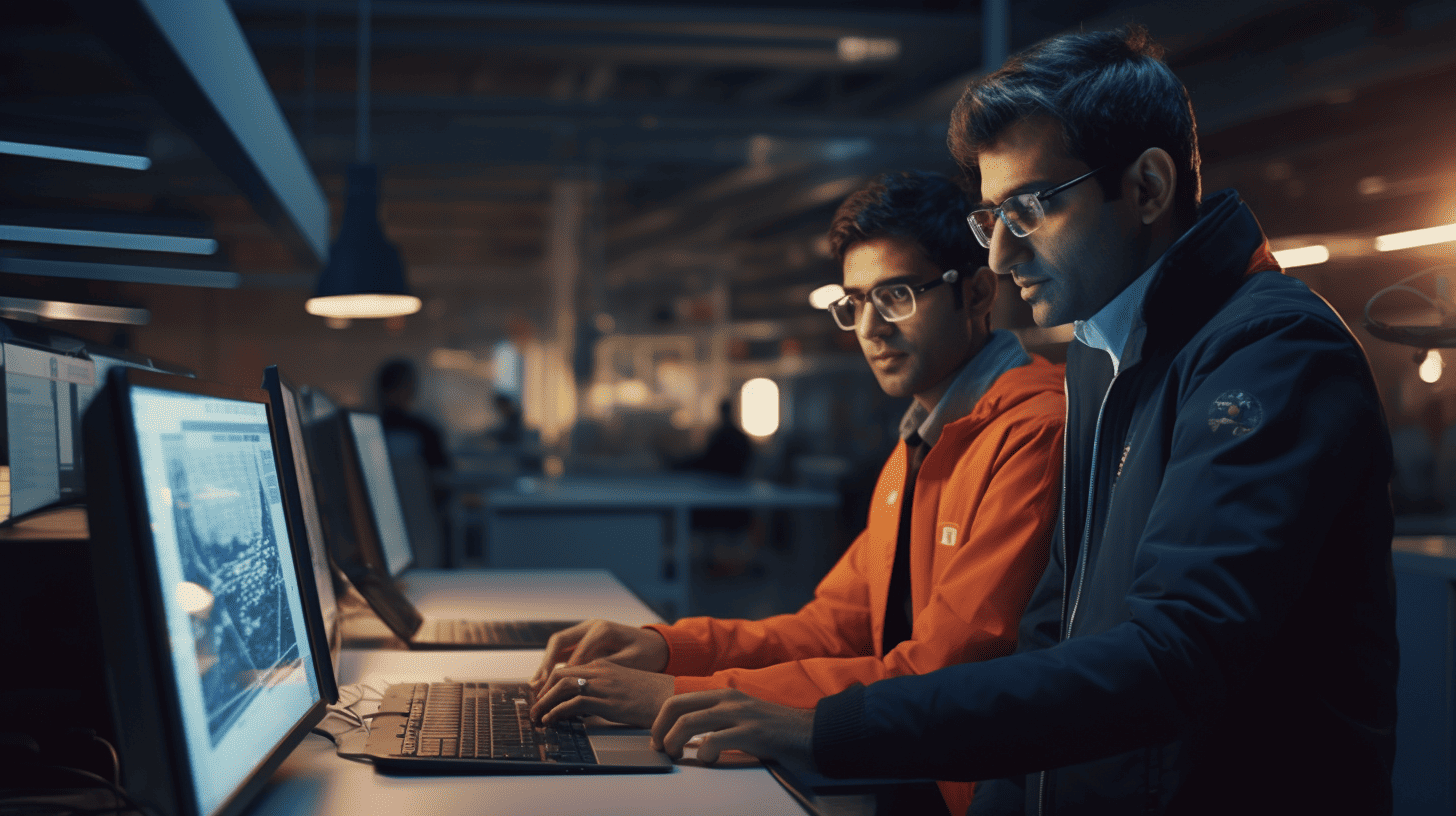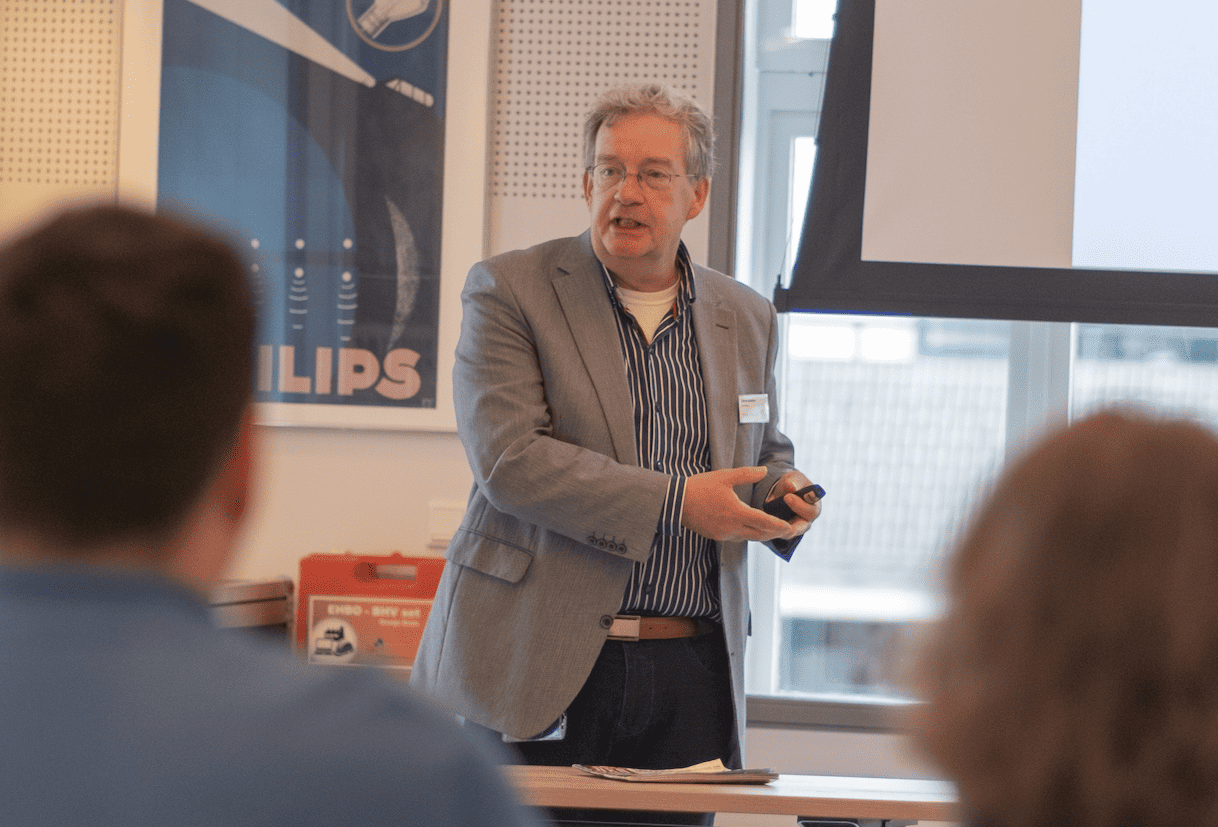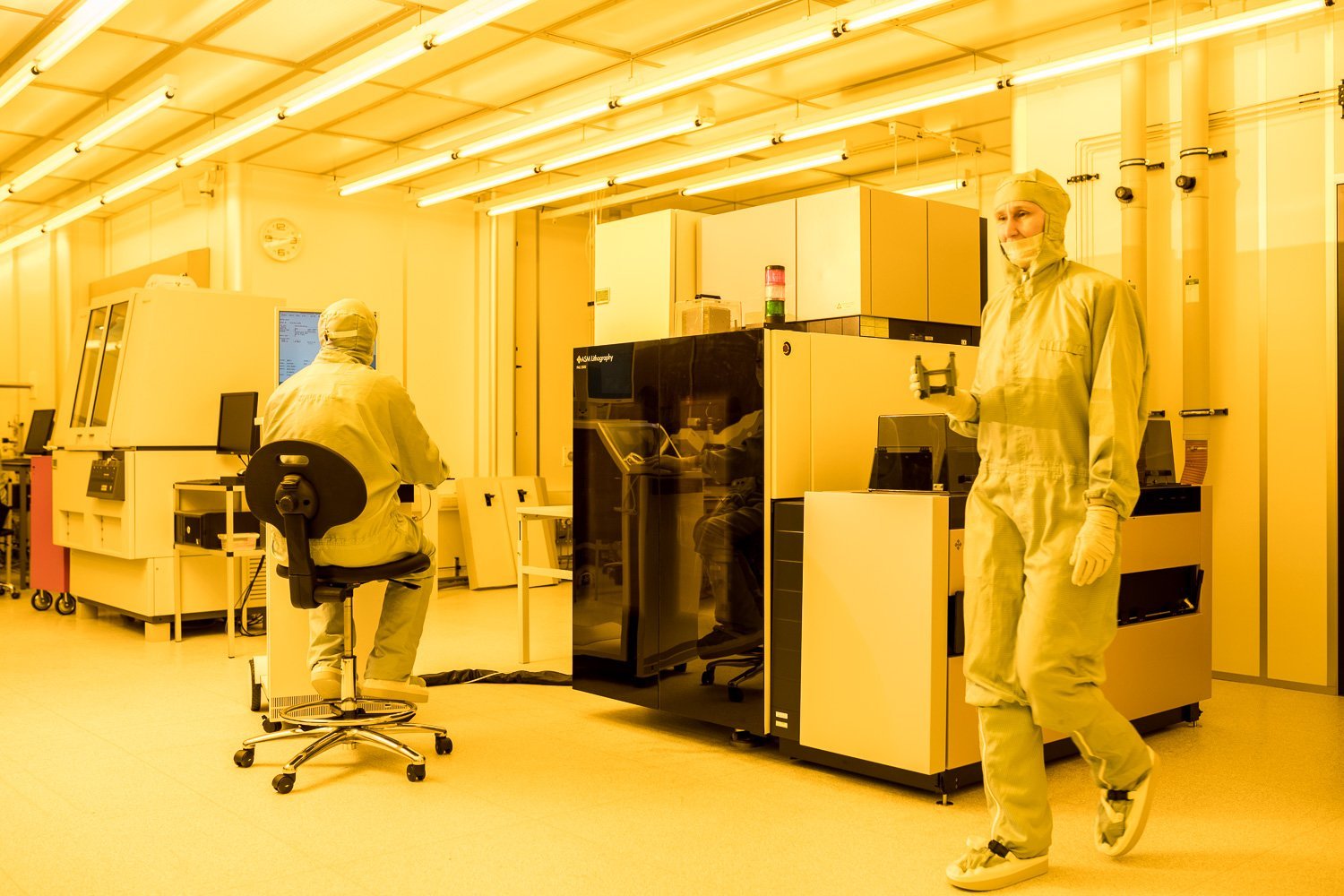
In June 2015, SpaceX CEO Elon Musk launched his global competition to find designs for a functioning hyperloop pod prototype. Answering the call were over a thousand teams from universities and private research institutions from all over the world. Yet one design concept, which made it through to the final stage, and eventually won the best non-student design prize, originated from an unlikely place – social media website Reddit.
What started as a conversation between Redditers in Silicon Valley, speculating that they could throw together their own design entry, became a rLoop – a massive international collaboration, involving 1,300 people from over 50 countries, each using social media and cloud-based design software to contribute their own ideas and technical know-how to eventually build a working hyperloop pod prototype.
Now, following the success of their hyperloop prototype, the team is turning their crowd-sourced innovation system into a concrete model, in the form of an online platform which allows engineers, designers, and innovators from all over the world to collaborate on similarly ambitious projects in the future.
Saskia Peters, Eindhoven-based high tech project manager (and the first Dutch member of rLoop), is now heading the effort to extend thisd network with prototyping and testing capabilities, termed ‘rBridge‘. The name itself signifying the bridging of the gap between people with just an interesting design, and those with the skills, tools – and indeed the enthusiasm – to turn it into a real product.
“Now three years later, we still have the legacy of the rLoop, but now we’re looking at taking it a step further. Now we want to open our network up to the world. So anyone in the world can join, and anyone with a good idea can bring that in.”Saskia Peters,
The idea behind rBridge
“The problem that we’re seeing in society nowadays”, Saskia explains, “is that a lot of companies are very risk-averse. If you want to innovate, you can either bet on the high-risk high reward projects and get really radical innovations, or you can take the safe road and have really incremental steps. Most companies choose to mainly focus on the latter”.
“There’s an innovation bottleneck. The gap that exists between the fundamental research which is often done in universities, and the other side being companies which are often not interested in a high risk technology – unless you’re a Steve Jobs, or an Elon Musk”.
The vision that Saskia and her fellow rLoopers have, is that their new rBridge platform, once fully developed, will bridge this gap (hence the name) and enable people to break out of a culture of risk aversion and allow the most ambitious ideas and project designs to become reality.
“During the hyperloop competition we realised that we’re not only making a hyperloop pod, but we’re also making a new way of innovating. If you have people who are genuinely interested in what they do and motivated, you can basically make anything. That’s what we proved with the hyperloop pod. We’ve created something so complex, high tech, and yet those people basically never met each other”.

“What we want to do is enable anyone with a good idea to make that happen. No matter how high tech, no matter how high risk it is. We want to decouple innovation from the profit of it. Now three years later, we still have the legacy of the rLoop, but now we’re looking at taking it a step further. Now we want to open our network up to the world. So anyone in the world can join, and anyone with a good idea can bring that in.”
Saskia explains that the rBridge platform will take the concept a stage further than simple crowdfunding sites currently do. Rather than just looking for funding, people with ideas (but without the necessary technical expertise or access to tools) can team up with a network of experts to develop it. Vice versa, people with the technical skills, workshops, and – importantly – the manufacturing tools (like 3D printers), will be able to join projects that take their interest, and that they’d like to take part in.
The team isn’t only looking at enabling communication, but to take it a step further and enable collaboration in a virtual space. For instance, by incorporating augmented and virtual reality tools, to better allow collaboration between designers and makers working on a single project. Soon too, rLoop inc. (the non-profit organisation formed in the wake of the original hyperloop project) will launch its own rLoop Token, which will act as a currency allowing payment between collaborating innovators and makers on the network.
Certainly, this sounds like an ambitious project. But as well as promising to change the way innovation happens – decentralising the process and opening it up to the ‘cloud’ – this project has the potential to change the way people think about work itself.
“A nice example”, says Saskia, “is one of the maker shops we have connected to the network right now. He’s a patent attorney, but he doesn’t really like his job, he likes making stuff. He has some machines in the back of his garage, and volunteered to make some things for rLoop during the hyperloop competition. That enabled him to start up his own maker shop, and follow his own dream. Now he’s a maker on our network”.
Accelerating Eindhoven’s high tech expertise
Until now rLoop has largely been an American-centric network – owing to its origins in the Silicon Valley and SpaceX engineering communities. But Saskia sees the expansion of the rBridge concept as the perfect opportunity to push for a central role for Eindhoven and other European tech hubs.
“My goal, yes, is to set up an innovation platform like rBridge, but also to have Eindhoven itself as an rBridge hub. We have so much high tech knowledge here! We have the High Tech Campus, the Technical University, we have big companies like ASML, VDL, Thermo Fisher etc.”
“The Dutch are praised for their entrepreneurial spirit. What I want is to have an rLoop hub here, not only to expand the network for rLoop, but to expand the possibilities for Eindhoven.”
“Imagine you have an idea and you can team up with a full team of engineers from around the world, and create it here locally at the High Tech Campus, or the TU/e for instance. Students and engineers teaming up to accelerate innovation in that way, through rBridge. That would be my dream. The first step in this is by partnering with people or companies who are passionate about innovation, such as students, innovators, makers or job shops.”








